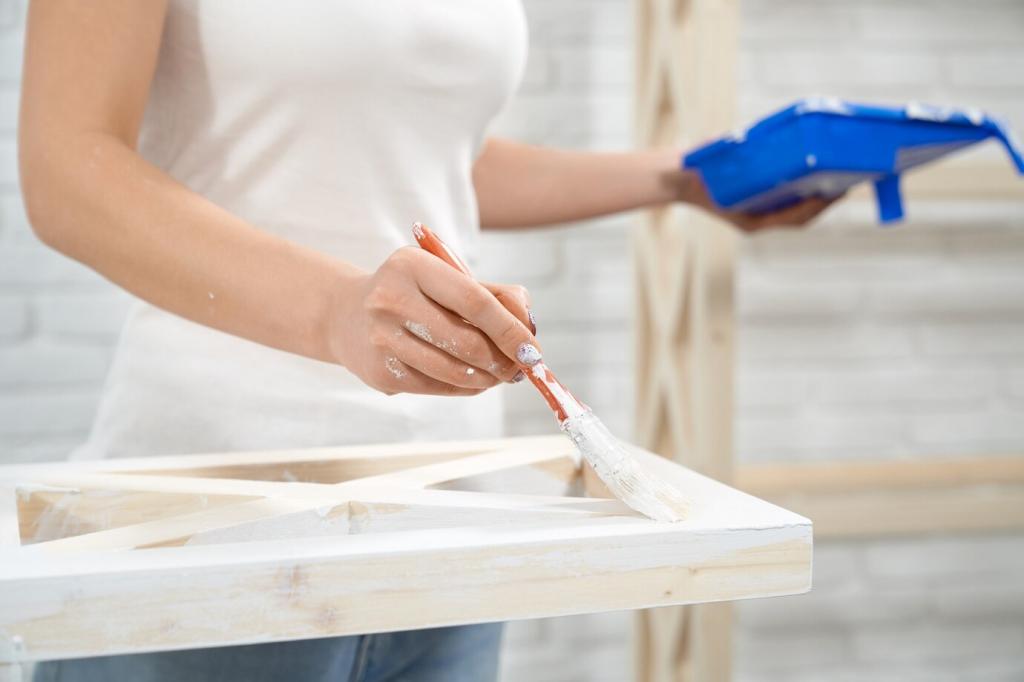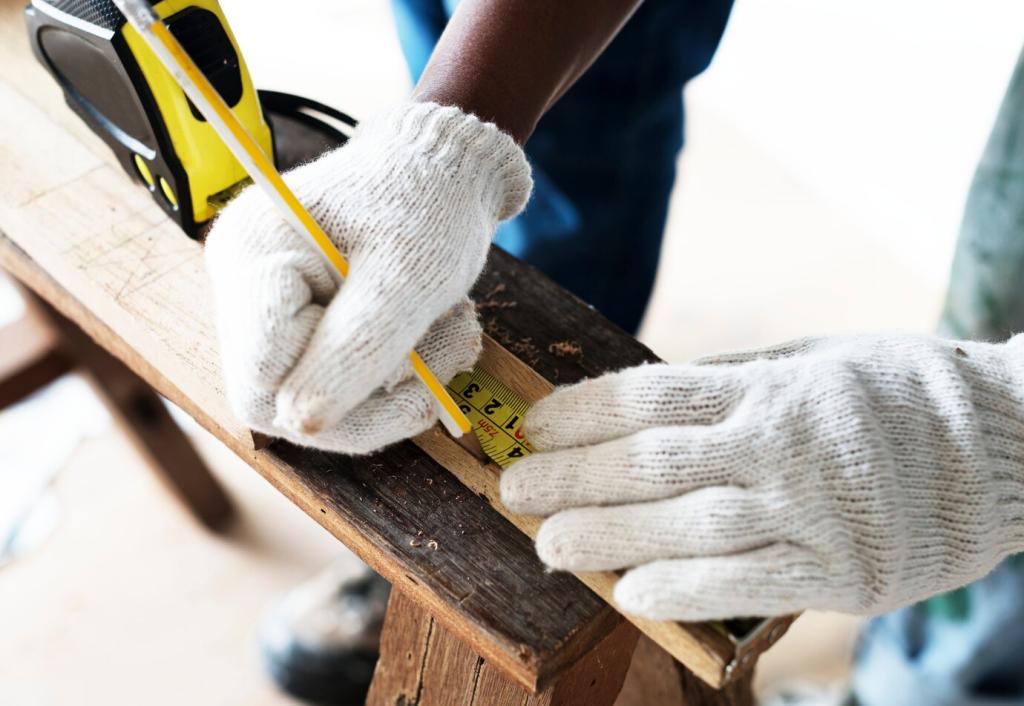Your First Upholstery Toolkit
A real staple remover slips under crowns without gouging wood, while a flat screwdriver often chews fibers and chips edges. Pair it with diagonal pliers for stubborn staples, and keep a small magnetic tray for metal bits. Tell us your favorite tool and why it earns a place.
Your First Upholstery Toolkit
Medium‑duty staples, cotton batting, a yard of durable fabric, fabric glue, and masking tape handle most beginner fixes. Canvas drop cloths stretch neatly, microfiber hides mistakes, and spray adhesive lightly tacks foam. Subscribe to receive a printable checklist you can bring to the hardware store.




